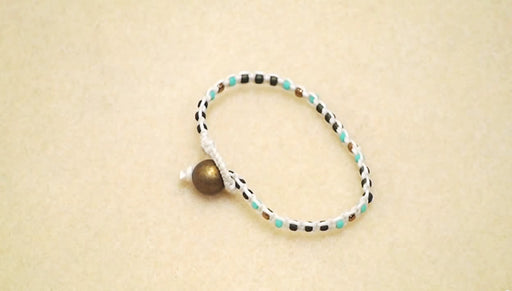How to Apply Gilders Paste without a Paint Brush
SKU VID-0229
Designer:
Julie Bean
Learn how to quickly and easily transform a piece of metal filigree using Gilders Paste, a wax based medium used to highlight objects. This video shows how to open the paste, apply it, blend, and seal. No tools needed, just your hands and paper towels. Dramatic results with very little effort! Great on metal, wood, polymer clay, ceramics and more.




